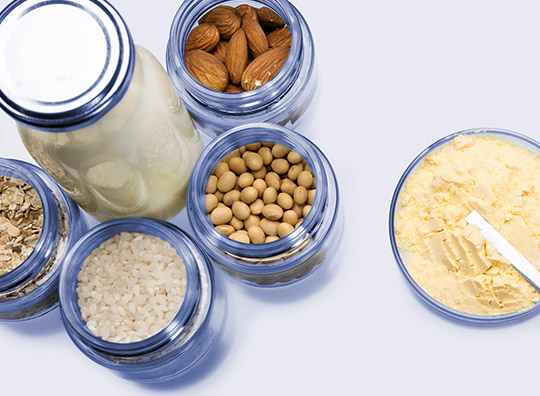
Grain and Starch
A wide variety of food products come from grain and starch along with other materials that are derived from them. Although these products are extremely common, they’re difficult to process, store, mix, and pump. With our measuring solutions, overcome these challenges and fully control your production as well as your end product with our vast instrument portfolio.
Anton Paar Products
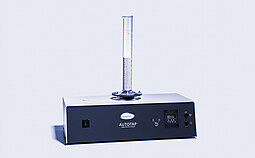
Autotap

Autotap Dual Station 220V / 50HZ

Autotap Single Station 220V / 50HZ
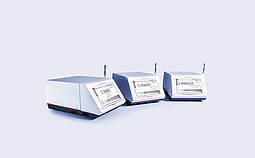
DMA

Extensograph-E
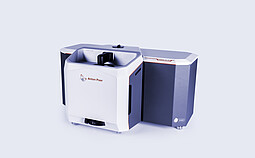
Litesizer DIA 500
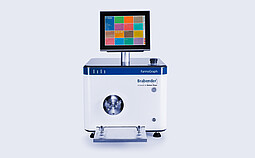
Brabender FarinoGraph
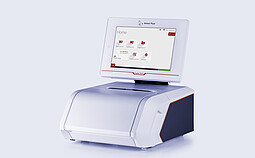
Lyza 7000
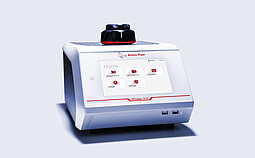
Ultrapyc

L-Rix

L-Vis 510
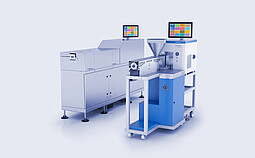
TwinLab

Multiwave GO Plus
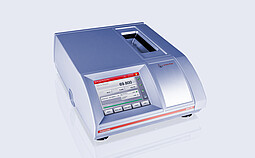
MCP
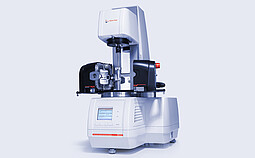
MCR 702e MultiDrive
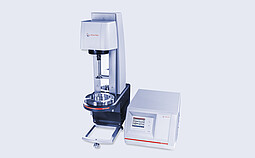
MCR 702e Space MultiDrive
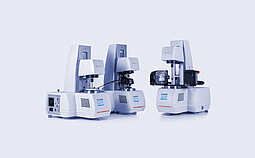
MCR 102e/302e/502e

MCP
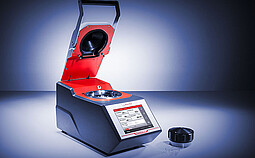
RapidOxy 100
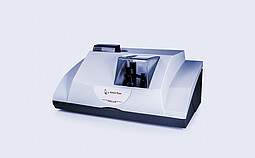
PSA
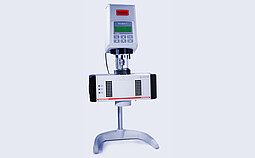
RheolabQC
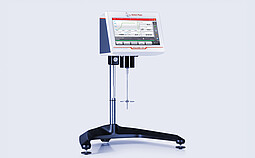
ViscoQC
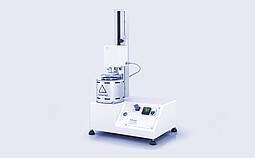
Brabender Amylograph‑E
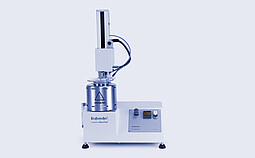
Brabender Viscograph-E
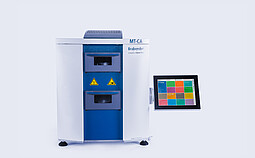
Brabender MT-CA
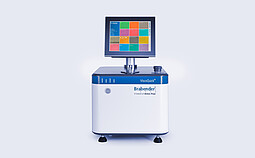
Brabender ViscoQuick
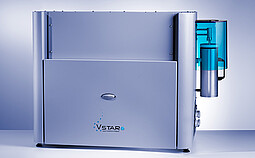
VSTAR

VSTAR 2 Station

VSTAR 2 Station Turbo

VSTAR 4 Station

VSTAR 4 Station Turbo
Rheometry and viscometry
The rheology of starch is more than just a critical parameter. It is also a scientific field that has gained importance in recent years. Rheometers from our MCR Evolution series are the most versatile instruments of their kind and offer several accessories for comprehensive characterization of starch, grain, and flour. How does this work?
First of all, the starch cell lets you conduct simple viscosity measurements during the different phases of the pasting process. It also enables automatic determination of relevant parameters, such as pasting temperature. Then, the powder flow cell and the powder shear cell, when combined, let you distinguish between different types of starch (by investigating their cohesion) and predict the processability of starch via fluidization and cohesion strength measurements. Finally, use the pressure cell to simulate the cooking and extrusion process by exposing a sample to a well-defined temperature profile under pressure and at elevated temperatures.
If you need a simpler way of determining the viscosity of starch (e.g., in a circle during heating, cooking, and cooling), use a viscometer in the ViscoQC series. It’s suitable for quick viscosity checks throughout the entire manufacturing process and covers the entire range from liquid substances like corn syrup to semi-solid gelatinized starch samples.
With our inline density sensor L-Vis, we also offer an inline solution fully integrated into your plant. In this way you can check if the starch slurry can be passed on to the drying step, or if the mixture is prepared according to the recipe.
Particle characterization
We’re well known for our extensive portfolio for powder and particle characterization. With a particle size analyzer from our PSA series, investigate the influence of moisture on flour and its impact on transportation and storage in silos or food dispensers.
To determine the stability and mouthfeel of an end product, it’s important to first know the particle size of certain goods – think starch hydrolysis products as additives in food. By measuring static and dynamic packing behaviors with Autotap, our automated tapped density analyzer, you can overcome challenges like hopper discharge, inconsistent dispensing, and having potentially different formulations and weights of cohesive flour packages.
Another instrument is Ultrapyc, which determines the skeletal density of grain. Ultrapyc is a gas pycnometer that monitors the progression of the malting process. This is an easier and more efficient method than abrasive dehulling, chemical, or sensory analysis. It also helps you determine how grain responds to irrigation, how it mills, and how it cooks.
Finally, with VStar, a water vapor sorption analyzer, measure the moisture absorption of grain and starch from the atmosphere.
Oxidation stability
Since one of their major benefits is higher microbiological safety in comparison to raw products, different kinds of grain, starch, and other materials in dried and powdered form are widely used in food preparation and products. Such materials, depending on their quality and storage conditions, typically have a long shelf life, ranging from several months to more than a year.
RapidOxy 100 – the only RSSOT (Rapid Small Scale Oxidation Test) instrument on the market – features a unique and fully automatic method. The extremely fast measuring principle provides the induction period of these powders as an indication of the oxidation and storage stability. With the instrument, you can also observe the influence of the powder form (granularity and/or surface structure) on shelf life. RapidOxy 100 gives you an easy, fast, and safe determination of oxidation and storage stability without any sample preparation.
Refractometry and polarimetry
In line with ISO 1743, refractometry determines the dry matter content of corn syrups, which are widely used in bakery products, confectioneries, and ice cream. With an Anton Paar Abbemat refractometer, you can measure the partly high-viscous syrups (acid converted, enzymatic, or dual converted) fast and precisely – no need for dilution. The inline refractometer L-Rix for food production plants monitors concentration during the cooking process and gelation.
To have successful quality control of products that contain starch, such as nourishment, building and paper materials, and pharmaceuticals, determining starch content is a first step. For accurate testing with polarimetry, the starch has to first be chemically broken down into its glucose monomers. This process requires particular laboratory equipment. After this process is over, you can then determine optical rotation with our MCP polarimeter.
Density
Depending on the harvest, climate, soil composition, and brand, malt quality can vary. Since breweries need a consistent level of quality and each beer recipe requires specific malt properties and mixtures, quality control of malt is a critical step in beer production. To determine how well specific malt performs, the measurement of congress wort is a commonly used method.
The congress wort is produced from the malt in the so-called “congress mash,” a standardized procedure laid out by the EBC European Brewery Convention. You can determine the quality of wort with density and viscosity measurement. If you want to measure these two parameters automatically, we have a density meter that comes with a low-viscosity viscometer and an automatic sample changer in one package. The sampler even takes over filling and cleaning of the whole system.
Application Reports
Explore our database of application reports and find out how to overcome challenges in your field.
View application reports